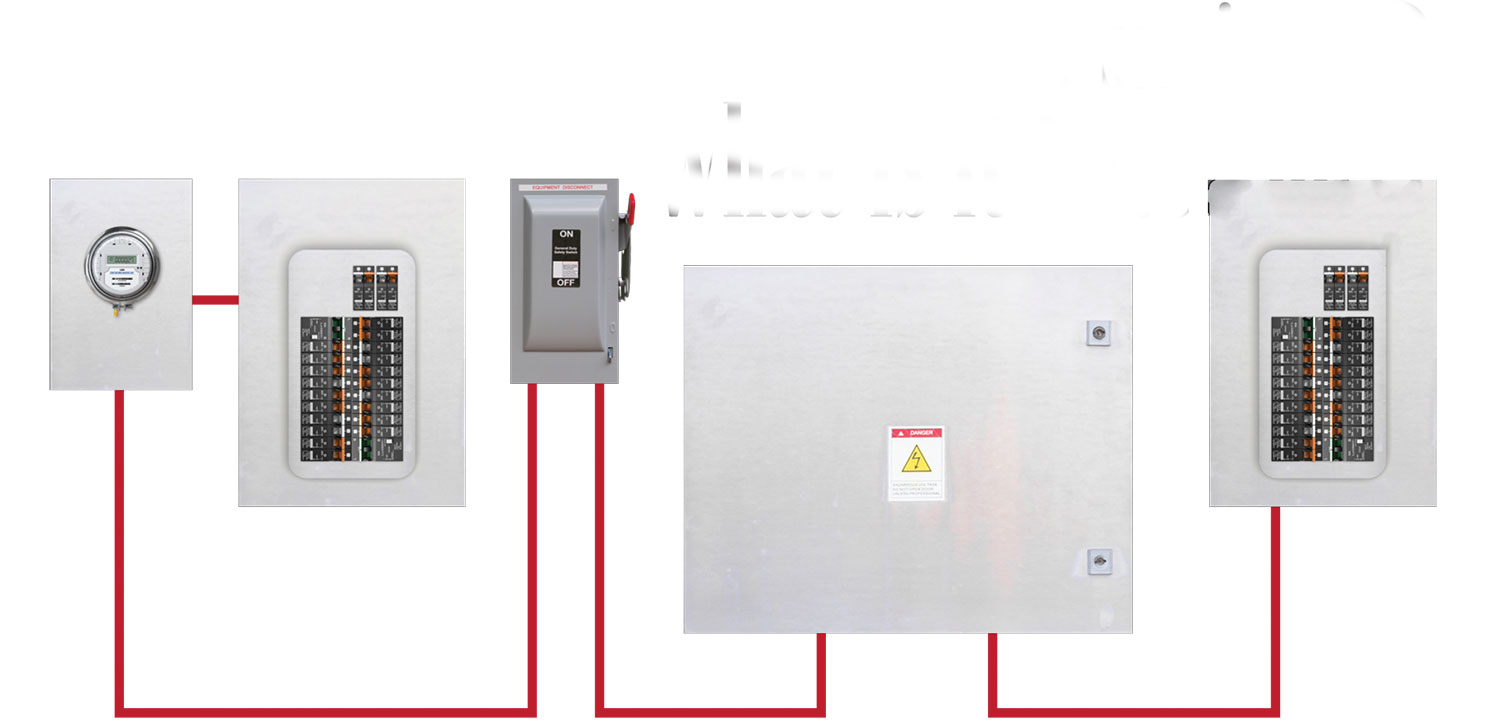Maximum circuit loading is a recurring theme in the Canadian Electrical Code. Some of the code requirements are not entirely obvious without some head scratching. This article reviews Rule 8-104, maximum circuit loading which happens to be one such rule.
Rule 8-104(1) begins by defining theampere ratingof a consumer’s service, feeder or branch circuit to be theampere ratingof its overcurrent protection or the conductor ampacity whichever is less. Rule 8-104(2) continues on to spell out that the calculated loading of the circuit must not exceed itsampere rating. So far, so good.
Rule 8-104(3) defines continuous current loading. You may wonder why a definition is at all important. This will become more apparent further along. Rule 8-104(3) specifies that a calculated load must be considered to be continuous unless is can be shown that it will not persist:
-
for longer than one hour in every two, up to 225 amperes; or
-
for longer than three hours in every six when over 225 amperes.
Rule 8-104(4) specifies that when a fused switch or circuit-breaker is marked for continuous operation at 100% of its ampere rating, the continuous calculated load must not exceed:
-
100% of its ampere rating when connected with multi-conductor wiring sized using Table 2 for copper conductors or Table 4 for aluminum conductors;
-
but only up to 85% of its ampere rating when connected with single-conductor wiring sized using Table 1 for copper conductors or Table 3 for aluminum conductors.
Rule 8-104(5) continues on to specify that when a fused switch or circuit-breaker is marked for continuous operation at 80% of its ampere rating (or if unmarked), the continuous calculated load must not exceed:
-
80% of its ampere rating when connected with multi-conductor wiring sized using Tables 2 or 4;
-
but only up to 70% of its ampere rating when connected with single-conductor wiring sized using Tables 1 or 3.
Now we come to an important question — why is it compulsory to define continuous loading and why do Rules 8-104(4) and (5) base the maximum loads on the applicable connection methods? The answer — electrical equipment is tested and approved to CSA standards that require testing be carried out using wiring connections sized in accordance with Tables 2 or 4. Nevertheless, the Canadian Electrical Code does permit this same equipment to be wired with conductors sized using Tables 1 or 3, which results in smaller conductor sizes and therefore higher temperatures at the equipment connection points. Consequently, loading of the equipment will be reduced to prevent overheating at the equipment connections.
Other derating factors may also be applicable in some installations. Rule 8-104(6) carries on to specify that when other derating factors apply to reduce allowable conductor ampacities, the minimum conductor sizes must be the greater of the so determined ampacities or those determined by Rules 8-104(4) and (5).
Rule 8-104(7) also specifies that when using Tables D8A to D15B for determining the minimum ampacities of underground conductors, the allowable ampacities must not exceed those determined by Rule 8-104(4)(b) and Rule 8-104(5)(b).
As with previous articles, a more precise interpretation should be obtained from the electrical inspection authority in each province or territory as applicable.














Find Us on Socials